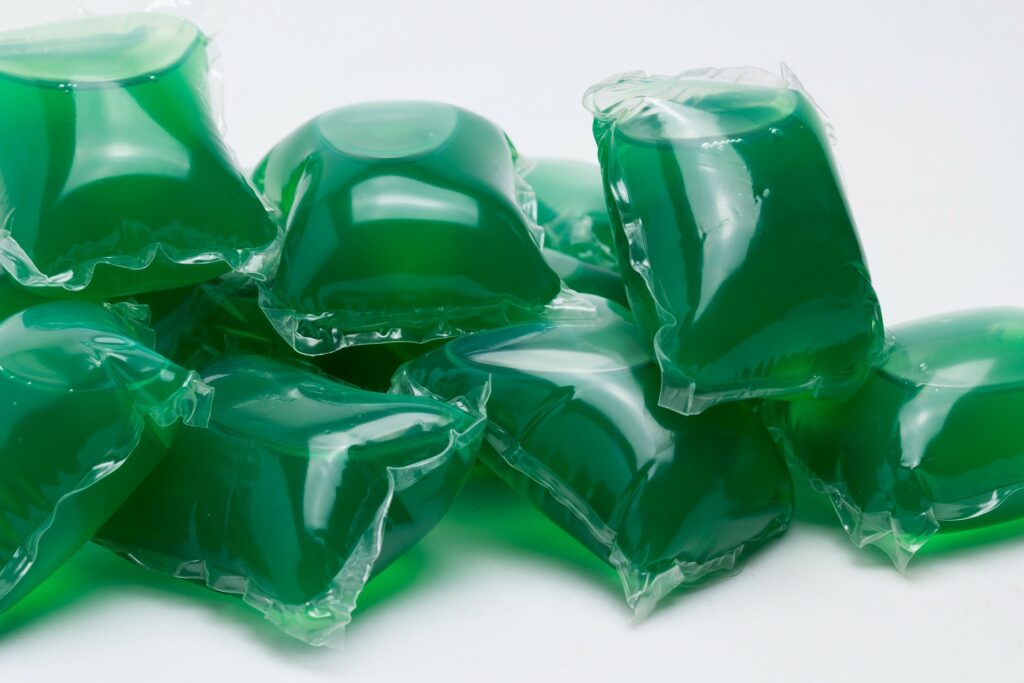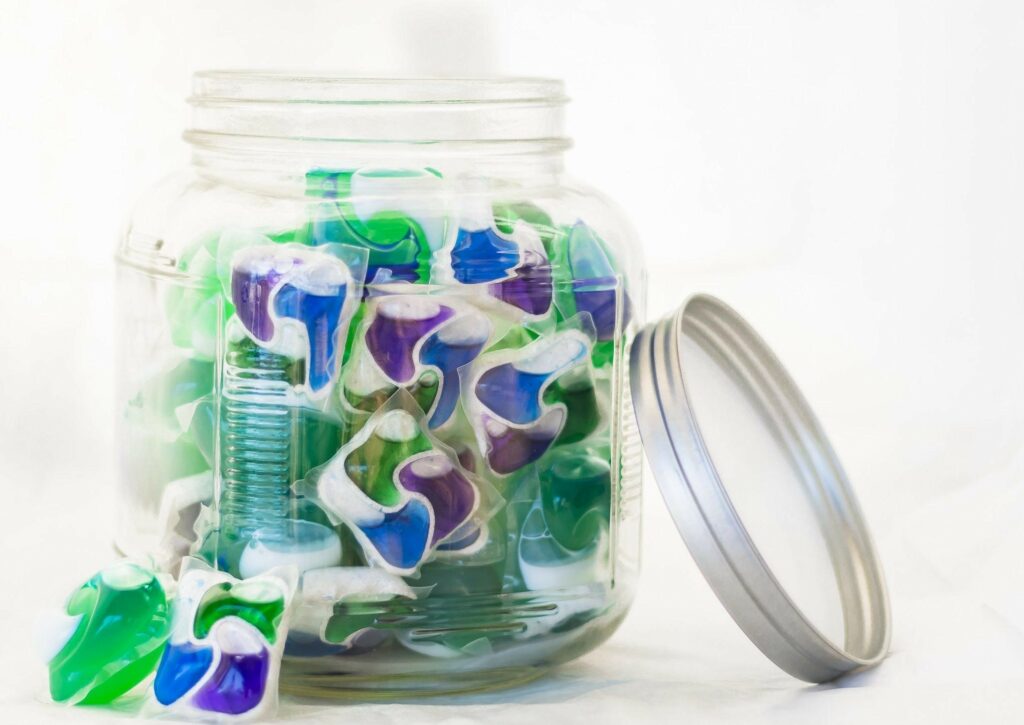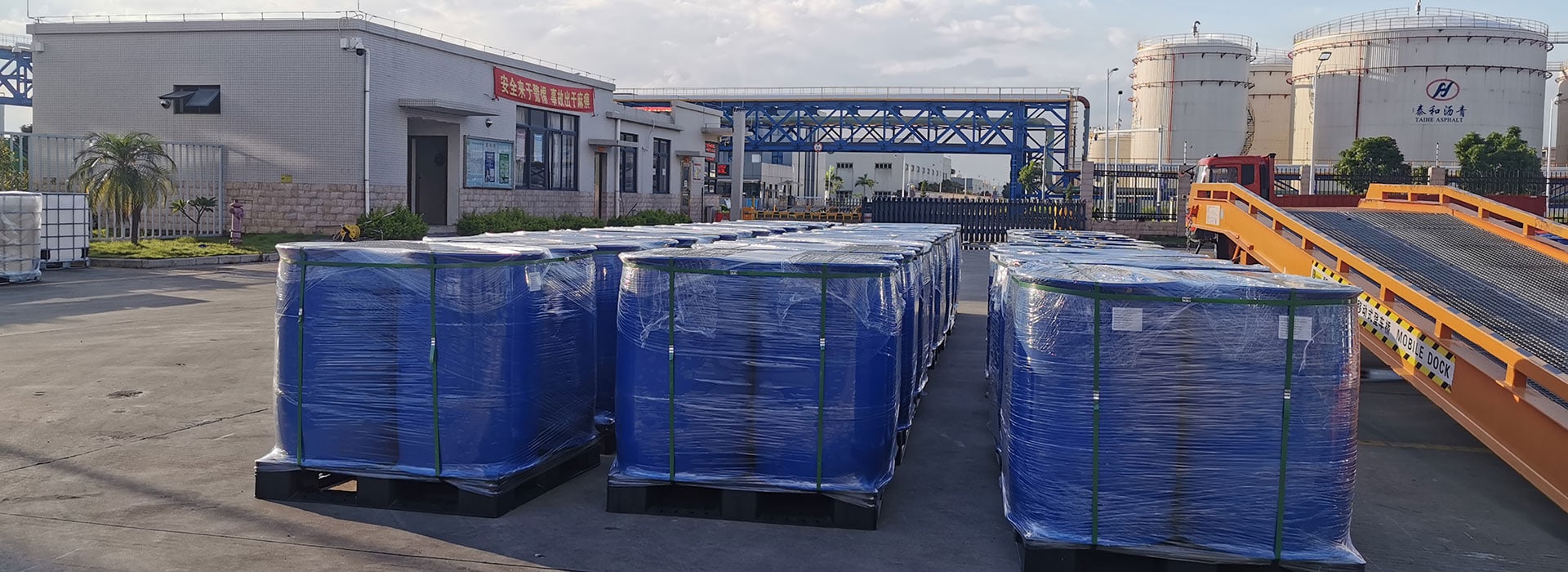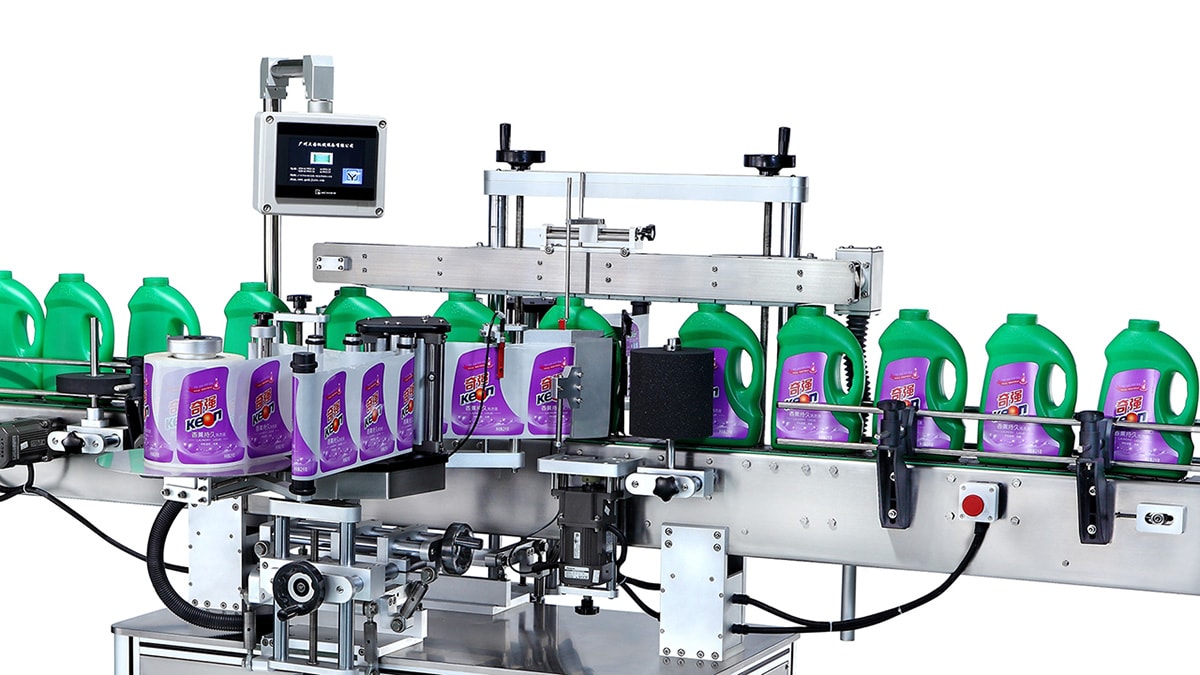Detergent Pods Formulas and Ingredients
In order to understand how detergent pods work, we need to break the formula. Each of the featured ingredients is measured and dosed in a specific proportion that will maximize the final product’s efficiency.
Some laundry detergent pods feature a simple, most straightforward, single dose of liquid detergent. Others are more complex, hence considered more convenient – and highly sought after in return.
- Two-in-one pods often come with a combination of laundry detergent and various enhancers. It’s also possible to find satchels containing both liquid and powder detergents of a particular kind.
- Three-in-one products are mostly available as a mix of detergent, bleach agent or stain remover, and a color protector or visual enhancer.
- Four-in-one items include the additions of fragrances, optical brighteners, or other supporting agents.
- Other versions are also available, such as pods with softeners, all-in-one pods, and similar products.

Polyvinyl Alcohol
Single-dose detergent pods are sold in dissolvable sachets. Most of those packages are made of a water-soluble plastic compound that disappears in touch with water. The package convenience is the main reason people like detergent pods—it’s a no-brainer. Polyvinyl alcohol sachets are already pre-measured and ready to use without the risk of messy spills.
Additionally, their modern design with separated chambers makes the washing experience as straightforward as possible. It allows different products and/ingredients to be featured together without affecting each other’s formula. Some pods today come with a dose of a fabric softener included, too.
Fatty Acid Salts
In other words – soap. Fatty acids such as Sodium Tripolyphosphate are detergent builders with an important role in the formula. Their role is to remove stains, enhance the whiteness, neutralize minerals in hard water, and also make a stable base for the rest of the ingredients.
Surfactants
Anionic surface acting agents, such as Sodium lauryl ether sulfate (popular SLES) or its milder counterpart Alpha olefin sulfonate (AOS), are responsible for the foaming and detergency properties of the formula. They work by binding the water molecules with those of dirt, fat, or everything else that needs to be removed. Invented stains then get easily washed away and down the drain.
Optical Brighteners
OBAs (Optical brightening agents) such as Disodium Distyrylbiphenyl Disulfonate are employed to eliminate the need for harsh bleachers. They work by absorbing ultraviolet light in order to release it within the visible spectrum. A dim blue glow visually neutralizes yellow-ish hues on clothes, making them appear brighter and whiter without compromising the integrity of the fabric.
Enzymes
Different enzymes are the key ingredients in modern detergent formulas. They target specific soils in order to break them for superior washing results, also minimizing water and electricity consumption in the process.
Amylase is often found in laundry detergent pod formulas. It eliminates carbohydrate and starch-based soils, even at lower temperatures and in hard water. Another enzyme suitable for single-dose packs is Mannanase, excellent for washing children’s clothes and dissolving food stains. Moreover, Cellulase, Subtilisin, Protease, as well as some others, can also be found in some brands’ targeted formulas.
Sodium Salts
Ingredients such as Sodium percarbonate or Diethylenetriamine Pentaacetate are used in detergent pods mainly for their bleaching and oxidizing properties. Chelating agents soften hard water to enhance the efficiency of other formula components, above all surfactants and enzymes.
Supporting Agents
Enzymes can lose their power over time, as well as some other actives. For that reason, ingredients such as Calcium formate keep them well preserved before use, greatly enhancing the longevity of the product. In contact with water, these ingredients develop and reach their maximal potency in no time.
Anti-redeposition agents prevent soils residue from falling back on cleaned garments. Perfumes or fragrances are also standardly used for covering odors.
Chambered laundry detergent pods sometimes feature both liquid and powder detergent types for supreme performance. In that case, the powdered segment typically contains colorful speckles—visual enhancing agents and identifiers.
Three main advantages of pods are convenience, effectiveness, convenient, and user-friendliness. Similar to other washing solutions, such as powder or liquid detergents, single-dose packages can be multifunctional or targeted for specific use. The ingredients list on the product’s packaging will help you make the right choice, along with the guidelines tailored for each product.

How to Use Laundry Detergent Pods
From one point of view, it can’t be easier – take one pod out of the bag and throw it in the machine. But is everything so simple in reality?
How Many Laundry Detergent Pods to Use
Even though all laundry detergent pods come as single-dose packages, some users are unsure how to use them. The doubt mostly arises from the fact that not all washers are the same. Does one pod count for all of them? How can it work the same in 6 kg washers and 10 kg washers?
For average washer size, one pod is enough, while the XL models holding ten or more kilograms typically need two. Most brands will have the instructions clearly marked on the package. Sometimes they will recommend using two or even three detergent pods for one washer load. While it’s good to follow the manufacturer’s recommendations, also keep in mind that the detergent pods cost more to use per load than most of the conventional types.
Modern laundry detergent formulas are highly efficient, and most single-dose sachets are multiply concentrated. In addition, pod formulas are typically low-sudsing detergents that do not require huge loads of water to perform – quite the contrary. With that in mind, it might be good to give them a chance with one dose per load, regardless of instructions. The results might surprise you.
When to Add Laundry Pods to Washing Machines
First of all, the laundry pod must be placed straight in the drum. Using it in a dispenser drawer is not wise. Next, all detergent pods should dissolve completely in both hot or cold water.
According to the rules, the pods should be used before anything else. Adding them to the empty washer drum will ensure their best performance. The reason lies in the functionality and the way an average washer works.
If you add clothes to the drum first and then place the pod on top of the pile, it may not dissolve properly. That leads to a multitude of issues. Firstly, the pod shell might not disappear and could clog the drain later. Even if that doesn’t happen – more undissolved plastic is the last thing the environment needs right now.
Secondly, the content of the pod will not spread properly. You are probably already too familiar with the appearance of white streaks and spots found on washed clothes. The culprit is, naturally, laundry detergent concentrated in one area—and its deposits left behind. For the same reason, white residue also appears when the washed drum is overloaded. The laundry detergent or the washing pod content needs to be properly exposed to a sufficient amount of water in order to dissolve.
In case you end up with a package of pods that don’t fully dissolve, use some tricks to enhance their performance. For instance, try pre-dissolving the satchel in a specialized jar of hot water first and place the jar in the drum before the laundry. If you are still finding white streaks on your garment, rewash it immediately but without detergent addition.

How to Store Laundry Detergent Pods
Proper storage conditions will ensure that all ingredients perform their best at least until the expiration date—and sometimes even longer. That being said, by adequately storing detergent pods you will gain more than just efficiency. The laundry room can be a dangerous place for children and pets, who might find the appearance of colorful pods a little bit too tempting.
It’s strongly recommended to keep the sachets out of sight, light and heat, in their original bag, bucket, or box. Furthermore, make sure to keep it away from moisture that could make them partially dissolve and render useless. Maintain the cover tightly closed, and if some young members of your household are too curious, consider installing a childproof lock or a baby gate in front of the storage space.
It’s safe to conclude that detergent pods really are user-friendly, after all.
The bottom line
The convenience of use is the ultimate feature of detergent pods, and the main reason people are buying the product. Although slightly less cost-effective than liquid and powder detergents, single-dose satchels bear their own, very specific set of advantages. At the same time, their concentrated formulas deliver at least equally good—and sometimes even better—washing results.




